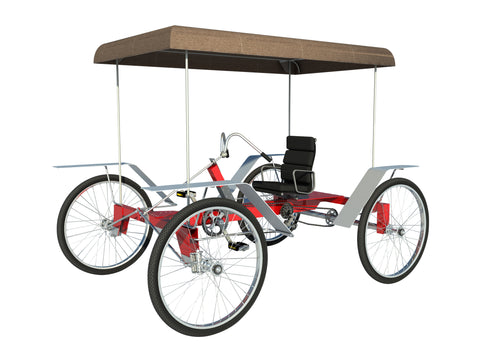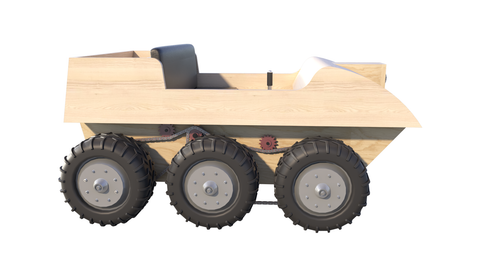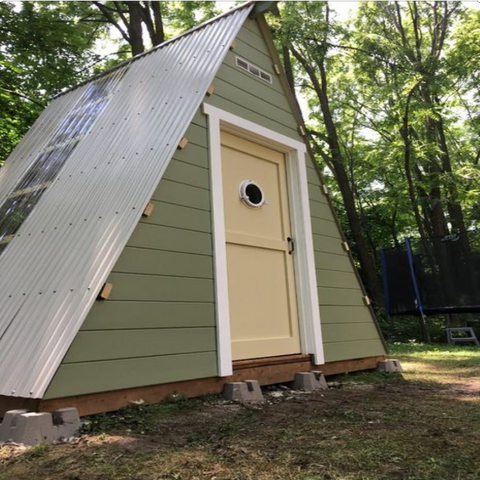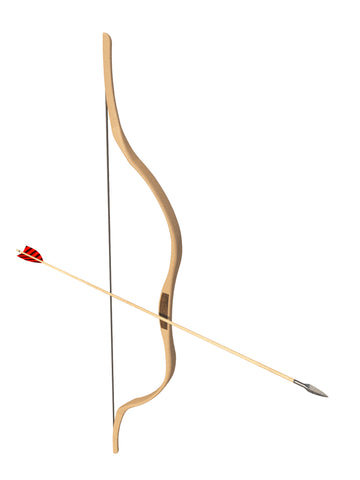Archery Flat Bow Plans DIY Shooting Hunting Target Practice Outdoor Woodworking
These DIY plans will show any home workman, equipped with ordinary tools, can readily build the most modern and most efficient bow yet designed. The best material for the amateur is the imported wood known as "lemonwood." It can be worked almost entirely by measurement, without much regard to the grain. California yew and Osage orange probably make a better bow, but not for the inexperienced builder. All levels of archery will love this.
Archery Flat Bow Plans DIY Shooting Target Practice Outdoors
Modern flat bows are simple to build with ordinary tools and home woodworking skills. The best material for amateurs is an imported wood called lemonwood, which can be worked almost entirely by measurement and with little regard for grain. More experienced builders should use California yew or Osage orange. The result is a bow that will satisfy amateurs of all levels of archery. But if you're not a carpenter, a plank can be made from condensed straw, polyethylene, paper, or wood.
Condensed straw
You can build a target out of condensed straw for archery practice and hunting. These targets are inexpensive and can be made from condensed straw. You'll find that they're made to last for years. Unlike Ethofoam, which is expensive and difficult to use, compressed straw is much cheaper and easier to use. Two sheets of four' by eight' by two-inch compressed straw will cost you only about $200. And the backstops you build with these targets are easily interchangeable. You can also build a backstop for your arrows with bullseye targets.
Polyethylene
Modern archery has made it easier than ever to practice the sport of shooting with a Polyethylene flat bow. These archery targets can be constructed from ordinary tools and materials. Lemonwood, an imported wood, is the best choice for beginners because it can be worked almost entirely by measurement without much attention to grain. For more advanced amateurs, California yew or Osage orange work well. Modern archery bows are ideal for shooting practice outdoors, and are fun and practical for all levels of archery.
Paper
If you're looking to improve your archery skills, consider building your own flat archery bow. These simple plans can be completed by a home workman using common tools. Lemonwood is the most common material to use for beginner archers, and it can be worked almost entirely by measurement without concern for grain. California yew and Osage orange are more durable woods to use for inexperienced builders. Modern flat archery bows are ideal for shooting target practice outdoors, and will benefit archers of all skill levels.
Wood
If you are into DIY projects and enjoy shooting, why not build your own archery flat bow? These plans allow you to build a modern bow yourself with ordinary tools. Lemonwood is the best material for amateur builders because it can be worked almost entirely by measurement without regard to grain. Other woods suitable for inexperienced builders include California yew and Osage orange. These plans are suitable for all levels of archery, from beginners to professionals.
Round bales of hay
If you are interested in making your own hay targets, you should start by getting a couple of bales of hay. Hay is a cheap and easily available material that can be stacked together to make a 3D target. The advantage of using hay is that it is a solid backstop and will not warp or become soggy that it can't be used for archery target practice. The downside to using hay is that it can get smoldering and burning if left too close to a fire or heat source.
Broadhead-approved target
If you're looking for a fun, inexpensive way to practice your archery skills, consider making your own broadhead-approved target. You can make your own from cardboard boxes or even purchase a pallet of sandbags at a local hardware store. The resulting target is an incredibly dense object that's hard to break with a broadhead, and you can customize it to any size you want. A foam target is the best choice because it's flexible enough to shape into any shape you desire and it provides the perfect amount of density and softness needed to avoid blunting and breaking broadheads.
All plans are designed by Ben Stone. Ben is a retired Engineer in Canada. Ben also drafts these himself using the latest AutoCAD software to ensure accuracy. He studied Engineering back in the early 1980's. After over 30 years in the Construction industry he developed a passion for building cool items around his farm and cabin. These are great DIY projects. With a little skill anybody can Do It Yourself. Ben is always a email away if you have any questions while building one of his projects. He is adding new plans all the time.









